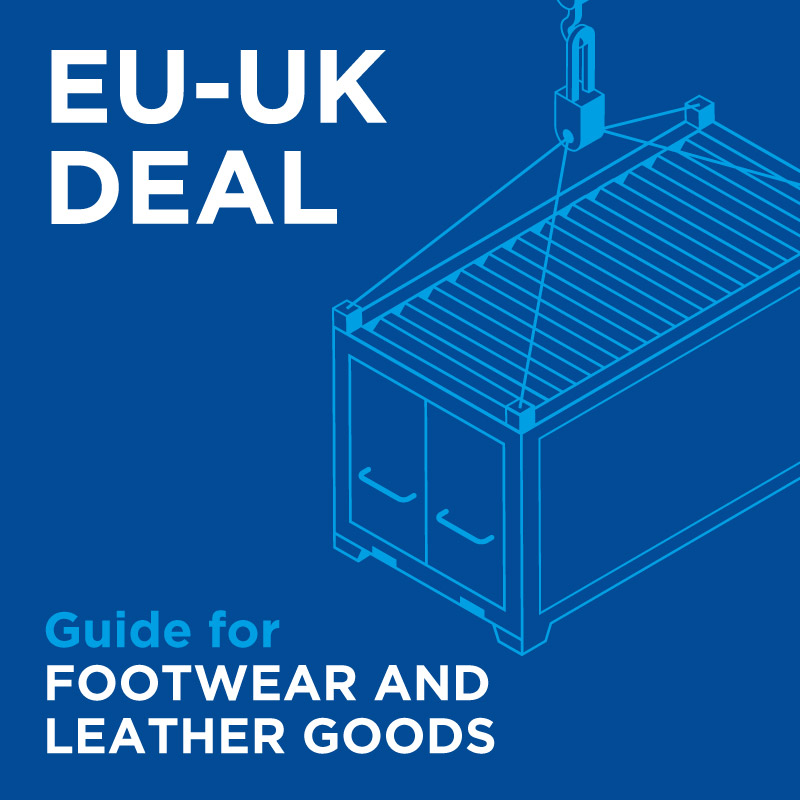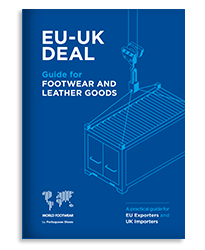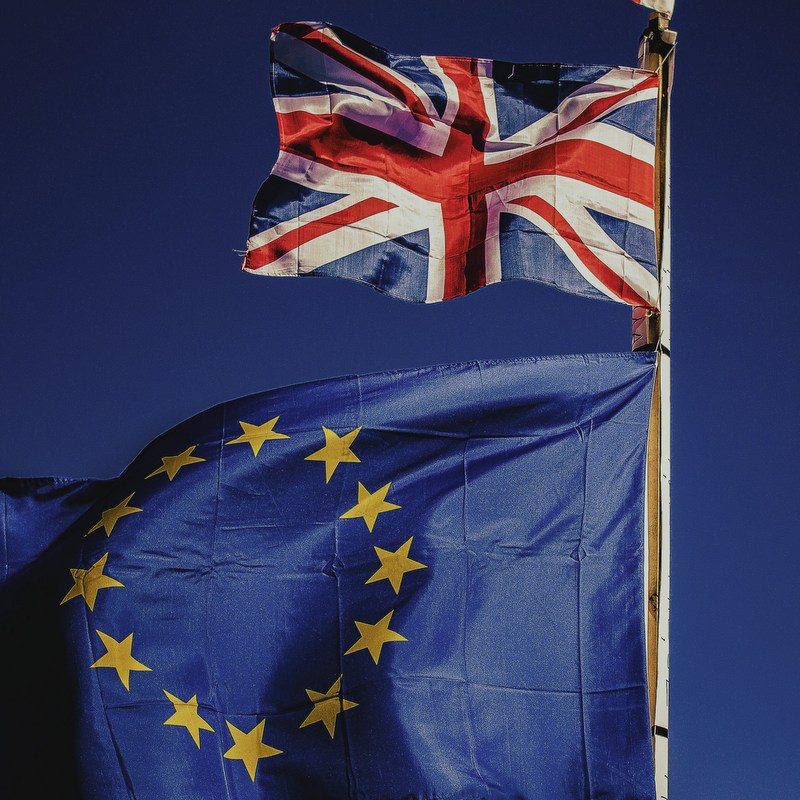Register to continue reading for free
Trading footwear with the UK: are you familiar with the EU-UK deal?

Just before Christmas, people and businesses from both sides of the English Channel breathed in relief: a BREXIT deal had been achieved. Almost immediately, many questions arose regarding the new procedures to move goods between the two parties. Are you familiar with the new deal? Learn more today
Until the 31st of December 2020 the rules of the Single Market applied to trade relations between the EU countries and the UK. This meant that all goods in circulation between the two regions were considered domestic and no special control or duties were in place.
Since the 1st of January 2021 Great Britain (not all the UK) and the EU (plus Northern Ireland) are considered two independent customs regions and that has implications on the trade relations between the two parties. As there is a free trade agreement with no taxes or tariffs on goods or limits on the amount that can be traded (quotas) between the UK and the EU, it seems like we are living a very similar situation. Nevertheless, the United Kingdom is now a third country (outside the EU), and vice versa, so all the formalities of this status will apply.
As a consequence, new checks were introduced at the borders, such as safety checks and customs declarations (export and import declarations are required for all goods crossing the borders), and businesses need to be prepared for new procedures and paperwork at the borders. Likewise, to avoid the payment of duties, a set of procedures must be followed, and documents need to be issued in accordance, and if that is not done companies might have to pay avoidable duties and, on top of that, fines might apply. Importers will have to prove that goods have been obtained (or sufficiently processed) on the other party and not imported from a third country. If the importer is not able to prove the origin of the goods, duties will be applied as if the import was from a third country.
Statement on Origin and Rules of Origin
If you are based in the UK or the EU and want to trade goods with the other region you will need to become familiar with these concepts, to avoid paying tariffs over the transaction. In the new scenario, amongst the new requirements is the Statement on Origin declarations.
To issue a Statement on Origin the exporter must know the relevant Rules of Origin, which means they will have to be familiar with the characteristics of the production process which guarantees that the final product can be classified as originating in the EU or the UK.
What are the key aspects of the deal I need to know?
How can my shoes or bags be considered originating?
How can an exporter issue the Statement on Origin?
I am an importer; how do I prove how goods were obtained?
Who will need and EORI and REX numbers?
To get the answers read the different chapters of our new Guide on the EU-UK deal focusing on Footwear and Leather Goods:
To get your copy of the guide click HERE
If you are not registered yet, you can log in with a social network or create an account
It is easy, free and quick - and it will allow you to unlock all our Premium contents









